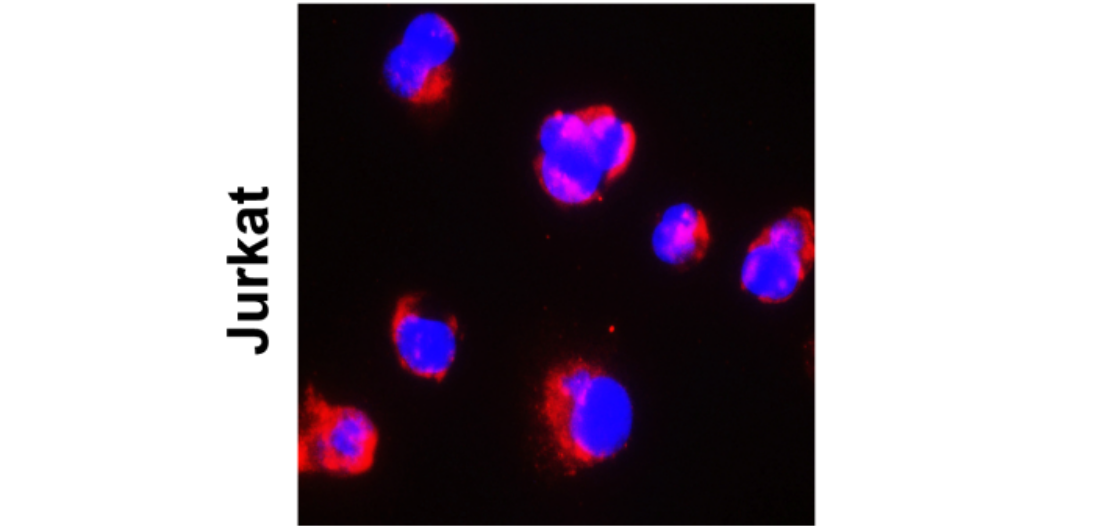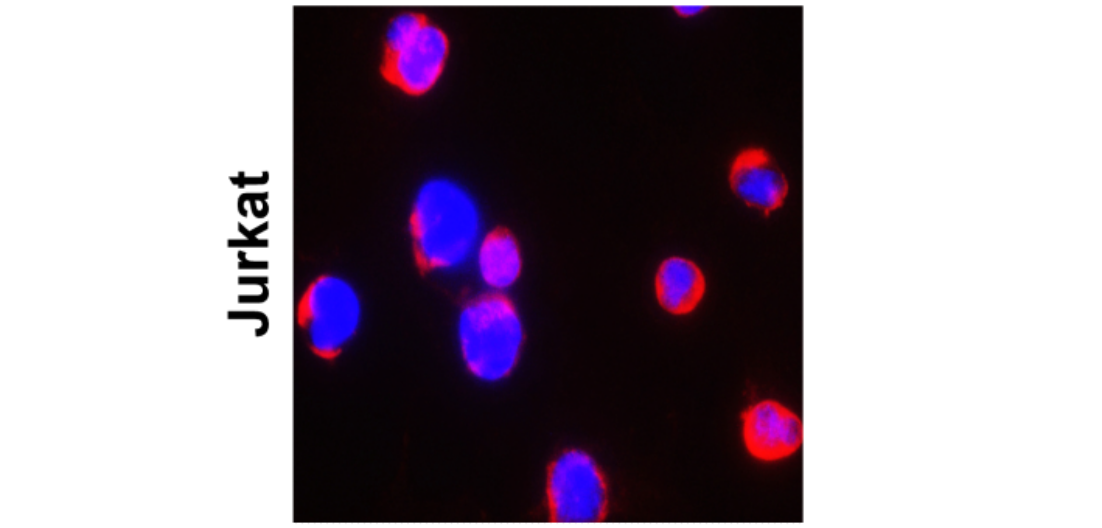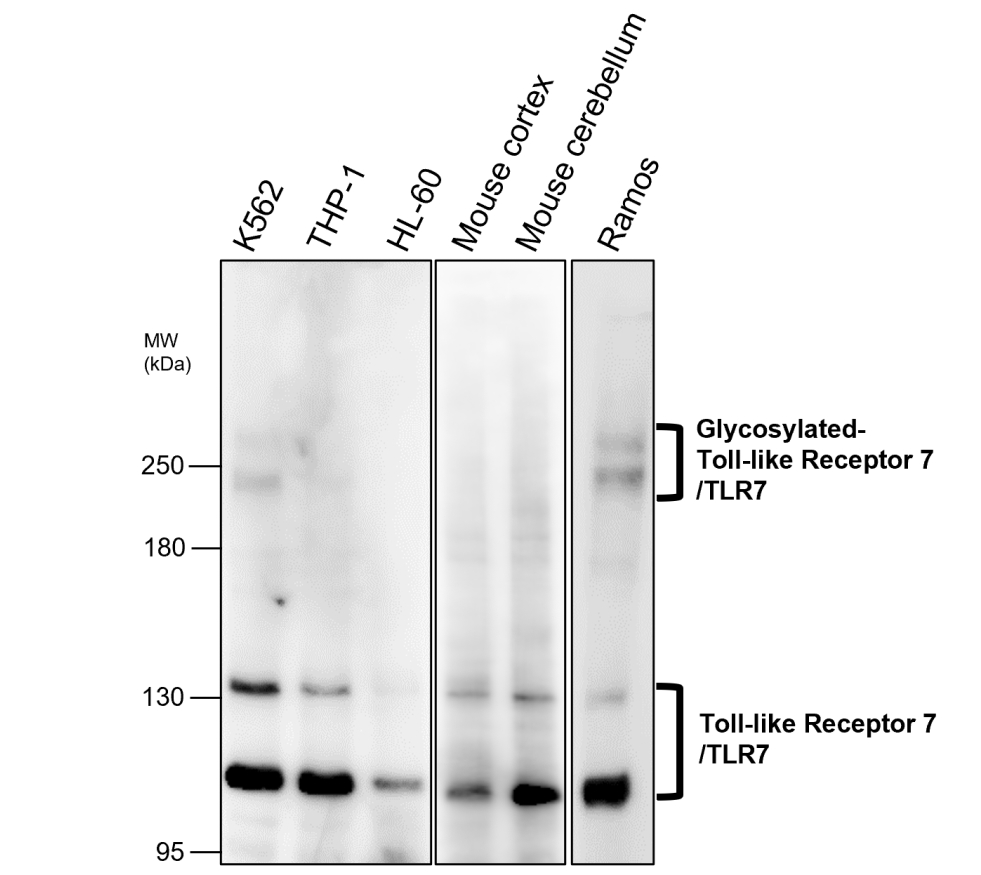
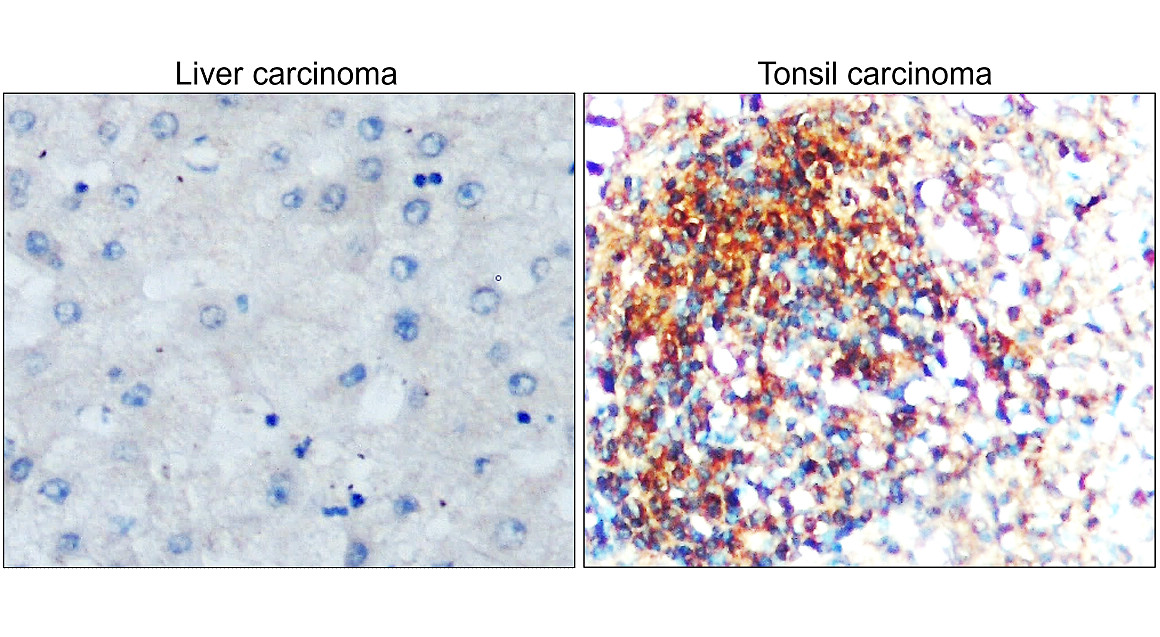
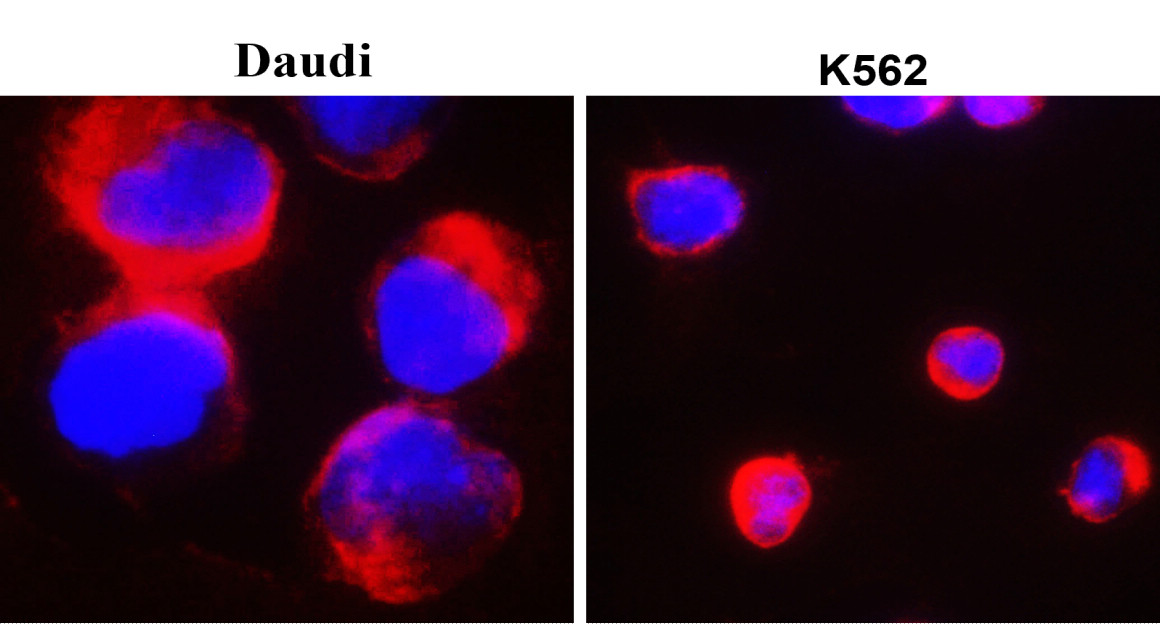
Product Includes
Application Dilution
Immunofluorescence 1:200-1:400
Immunohistochemistry (Paraffin) 1:200-1:300
Storage
100mM Tris Glycine, 20% Glycerol (pH7). 0.025% ProClin 300 was added as a preservative
Specificity / Sensitivity
Source / Immunogen
The protein encoded by this gene is a member of the Toll-like receptor (TLR) family which plays a fundamental role in pathogen recognition and activation of innate immunity. TLRs are highly conserved from Drosophila to humans and share structural and functional similarities. The human TLR family comprises 11 members. They recognize pathogen-associated molecular patterns (PAMPs) that are expressed on infectious agents, and mediate the production of cytokines necessary for the development of effective immunity. For the recognition of structural components in foreign microorganisms, the various TLRs exhibit different patterns of expression as well; in this way for example, TLR-3, -7, and -8 are essential in the recognition of single-stranded RNA viruses. TLR7 senses single-stranded RNA oligonucleotides containing guanosine- and uridine-rich sequences from RNA viruses, a recognition occuring in the endosomes of plasmacytoid dendritic cells and B cells. This gene is predominantly expressed in lung, placenta, and spleen, and is phylogenetically related and lies in close proximity to another family member, TLR8, on chromosome X. [provided by RefSeq, Aug 2020]

